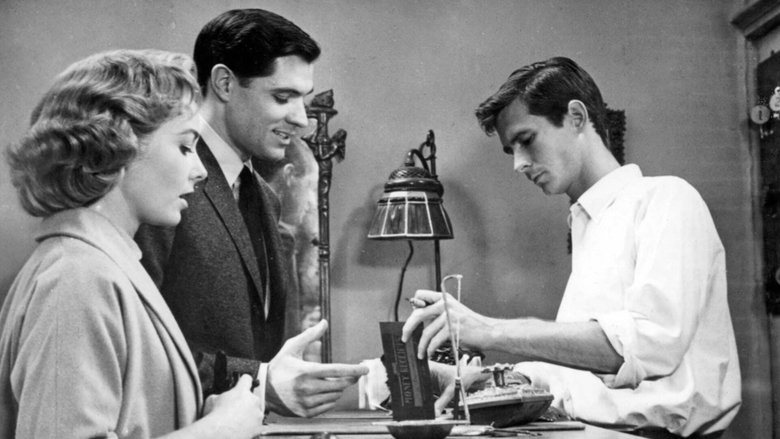Top films featuring psycho killers
Delve into the chilling world of cinema's most unforgettable villains. These films explore the darkest corners of the human psyche, leaving a lasting impact on audiences.



The figure of the psycho killer has long been a cornerstone of cinematic horror and thrillers, tapping into our primal fears of the human monster. Unlike supernatural threats, these antagonists are terrifying precisely because they are human, capable of unimaginable cruelty born from distorted minds.
From the early days of cinema exploring fractured personalities to modern explorations of serial killers, these films often force us to confront uncomfortable truths about society and the potential for darkness within. They challenge actors to deliver performances that are both terrifying and, occasionally, disturbingly charismatic, creating characters who become iconic figures in popular culture.
The genre isn't just about gore; it's often a deep dive into psychology. Many films attempt to understand the 'why' behind the madness, presenting complex narratives that explore trauma, environment, or inherent pathology. This focus on the psychological sets them apart, turning the simple act of stalking and killing into a horrifying character study.
The cultural impact of these movies is undeniable, influencing everything from fashion to language. They remind us that sometimes, the scariest monsters are the ones that walk among us, looking just like everyone else. This list compiles some of the most impactful and memorable films that dare to look into the eyes of pure, human evil.
14. American Psycho II: All American Girl (2002)
Despite its title, this direct-to-video sequel has virtually no connection to the original American Psycho or Bret Easton Ellis's work, beyond a brief, tangential mention of Patrick Bateman. The film follows a college student, Rachael Newman (Mila Kunis), who aspires to be an FBI agent and begins murdering her classmates and professors who stand in her way.
Originally written as an unrelated thriller, the title was changed to capitalize on the first film's success, much to the dismay of Christian Bale and director Mary Harron. Mila Kunis herself has reportedly expressed embarrassment regarding the film. It's a standard slasher/thriller that fits the 'killer' theme but lacks the satirical depth and complexity of the movie it's ostensibly a sequel to.
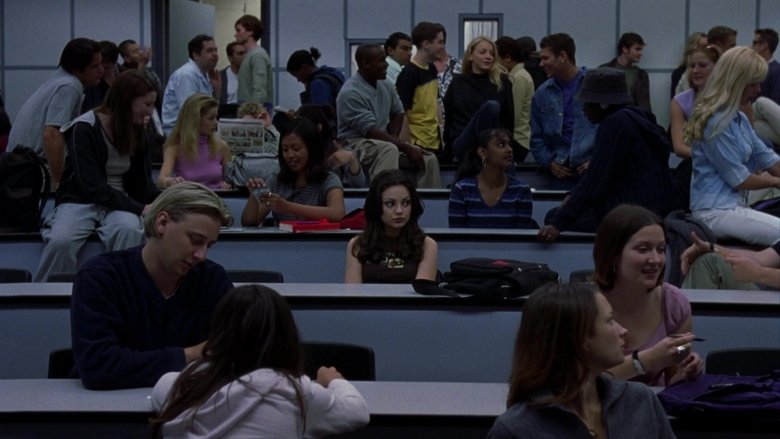
13. Psycho II (1983)
Released 23 years after the original, this sequel surprisingly brought back Anthony Perkins as Norman Bates, who is released from the institution after two decades and attempts to live a normal life, only for the past to catch up to him. Directed by Richard Franklin, a fan of the original, the film aims to be a respectful continuation rather than a simple rehash.
While it doesn't reach the iconic status of Hitchcock's film, Psycho II is often considered one of the better horror sequels. It delves deeper into Norman's fragile psyche and the question of whether he is truly cured or still under the influence of his mother. Perkins delivers a nuanced performance, portraying Norman as a sympathetic, yet still deeply troubled, individual.
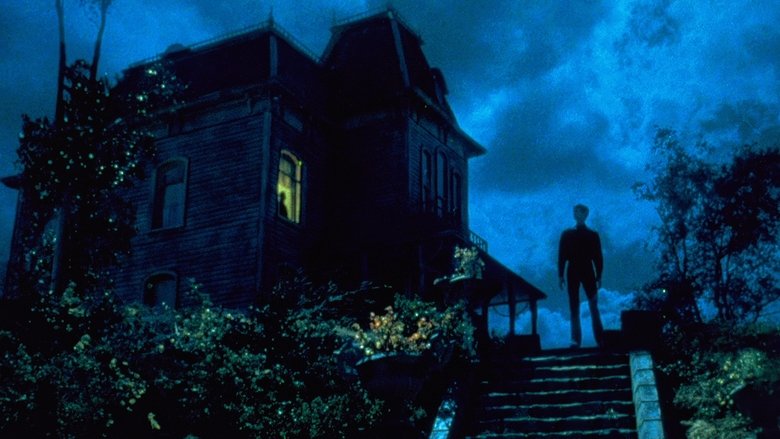
12. Saw (2004)
James Wan's directorial debut, based on a short film he made with writer Leigh Whannell, launched a massive horror franchise. The film introduces the Jigsaw Killer, a serial killer who doesn't directly murder his victims but traps them in elaborate, sadistic scenarios, forcing them to inflict pain upon themselves or others to survive. The first film focuses on two men trapped in a bathroom with no memory of how they got there.
Made on a very low budget, the film relies heavily on suspense, a complex plot, and a shocking twist ending to deliver its horror. The intricate traps and the philosophical (albeit twisted) motivations of Jigsaw captured audiences' imaginations, leading to numerous sequels and cementing Jigsaw as a modern horror icon, even if his methods differ from traditional 'psycho killers'.
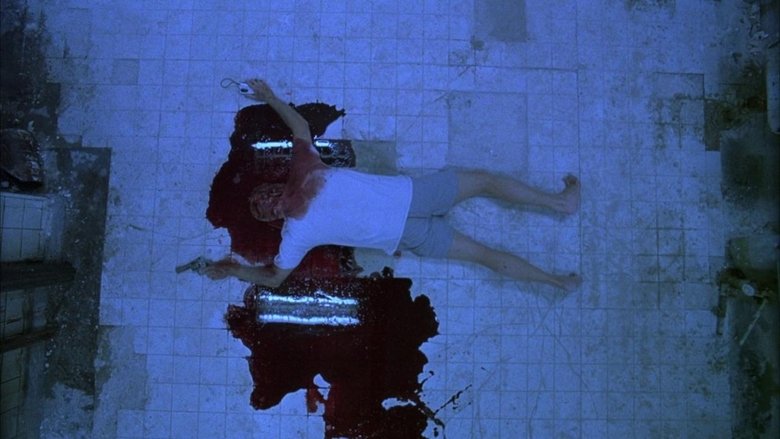
11. No Country for Old Men (2007)
The Coen Brothers' adaptation of Cormac McCarthy's novel is a neo-western crime thriller featuring one of modern cinema's most unnerving antagonists: Anton Chigurh (Javier Bardem). Chigurh is a relentless, seemingly amoral killer who pursues a man who took money from a crime scene. Bardem's performance as Chigurh, with his distinctive haircut and use of a captive bolt pistol, earned him an Academy Award.
The film is noted for its sparse dialogue, tense atmosphere, and philosophical undertones about fate and violence. Chigurh embodies a force of nature, an unstoppable and inscrutable presence that operates outside conventional morality, making him a truly terrifying figure in the landscape of film killers.

10. The Texas Chain Saw Massacre (1974)
Tobe Hooper's terrifying and raw film is a landmark in horror cinema, introducing the cannibalistic Sawyer family, including the iconic Leatherface, who wears masks made of human skin. While marketed as being based on a true story, it's only loosely inspired by the crimes of serial killer Ed Gein, specifically his use of human remains.
Shot on a minimal budget in grueling conditions in rural Texas, the film's gritty, documentary-like style contributes significantly to its unsettling realism and sense of dread. Despite its extreme title and reputation, the film contains very little graphic gore on-screen, instead relying on atmosphere, sound design, and suggestion to horrify the audience. It was banned or censored in many countries upon release but is now recognized as a masterpiece of horror.

9. Halloween (1978)
John Carpenter's independent horror film is a slasher classic that introduced the world to Michael Myers, a seemingly unstoppable force of evil who escapes a psychiatric hospital fifteen years after murdering his sister and returns to his hometown of Haddonfield on Halloween night. The film is credited with popularizing many tropes of the slasher genre.
Made on a shoestring budget, Carpenter composed the iconic, minimalist synth score himself, which is crucial to building the film's suspense and dread. Michael Myers' mask was famously made from a painted Captain Kirk mask bought for under two dollars. The film's success proved that low-budget horror could be incredibly effective and profitable, launching a massive franchise.

8. Natural Born Killers (1994)
Directed by Oliver Stone and based on a story by Quentin Tarantino, this hyper-stylized, satirical crime film follows Mickey and Mallory Knox (Woody Harrelson and Juliette Lewis), a young couple who become mass murderers and are sensationalized by the media. The film uses a mix of film stocks, animation, and visual effects to create a chaotic, hallucinatory portrayal of violence and celebrity.
Tarantino distanced himself from the final film due to Stone's significant rewrites, but the core idea of killers becoming media darlings remains. The film is a commentary on how the media covers crime and the public's fascination with violence, presented in a deliberately overwhelming and provocative style that was highly divisive upon its release.

7. A Clockwork Orange (1971)
Stanley Kubrick's controversial and thought-provoking film is a dystopian tale centered on Alex DeLarge (Malcolm McDowell), a charismatic but ultra-violent gang leader in near-future London. The film explores themes of free will, state control, and the nature of evil as Alex is subjected to a controversial aversion therapy treatment to cure him of his violent tendencies.
Known for its striking visual style, unsettling score incorporating synthesized classical music, and the invented slang 'Nadsat', the film generated significant controversy upon its release due to its graphic depictions of violence. Kubrick famously withdrew the film from distribution in the UK after receiving death threats and fearing for his family's safety. It remains a powerful, albeit disturbing, cinematic experience.

6. Manhunter (1986)
Before The Silence of the Lambs, the character of Hannibal Lecter (here spelled Lecktor) made his screen debut in Michael Mann's stylish thriller, based on Thomas Harris's novel 'Red Dragon'. The film follows former FBI profiler Will Graham (William Petersen), who is brought back to help catch a serial killer known as the 'Tooth Fairy' (Tom Noonan). Graham must consult with the incarcerated Lecktor (Brian Cox) for insights.
Michael Mann brought his signature visual style to the film, utilizing striking color palettes and atmospheric lighting. Brian Cox's portrayal of Lecktor is distinctly different from Hopkins', presenting a colder, more calculating intellectual. While not as widely seen as its successor, Manhunter is a compelling procedural thriller and a fascinating first look at the Hannibal Lecter character.

5. Zodiac (2007)
Another meticulous thriller from David Fincher, this film delves into the frustrating, decades-long hunt for the real-life Zodiac Killer who terrorized Northern California in the late 1960s and 1970s. Based on Robert Graysmith's non-fiction books, the movie focuses on the investigators and journalists obsessed with solving the case, including Graysmith himself (played by Jake Gyllenhaal).
Fincher was praised for his obsessive attention to detail, recreating historical locations and events with near-perfect accuracy. The film captures the consuming nature of the investigation and the toll it took on those involved, portraying the killer as an elusive, terrifying presence rather than a central character, emphasizing the real-life horror of the unsolved case.

4. Se7en (1995)
David Fincher's dark and gritty neo-noir thriller follows two detectives, the weary Somerset (Morgan Freeman) and the hot-headed Mills (Brad Pitt), as they hunt a serial killer who uses the seven deadly sins as inspiration for his gruesome murders. The film is known for its bleak atmosphere, rain-soaked cityscapes, and shocking ending.
Fincher insisted on keeping the original, famously dark ending from Andrew Kevin Walker's script, a decision that reportedly caused friction with the studio but ultimately contributed significantly to the film's lasting impact and critical acclaim. The killer, John Doe, is portrayed with unsettling calmness by Kevin Spacey in an uncredited role, adding to the film's pervasive sense of dread.

3. The Silence of the Lambs (1991)
This absolute powerhouse of a thriller became only the third film in history to sweep the top five Academy Awards (Best Picture, Director, Actor, Actress, and Adapted Screenplay). It introduced the world to the unforgettable dynamic between rookie FBI agent Clarice Starling, brilliantly played by Jodie Foster, and the incarcerated, highly intelligent cannibalistic serial killer Dr. Hannibal Lecter, brought to chilling life by Anthony Hopkins in a performance that earned him an Oscar despite only appearing on screen for about 16 minutes!
The film expertly weaves together the hunt for another killer, Buffalo Bill, with the psychological chess match between Clarice and Lecter. Hopkins based Lecter's voice partly on Truman Capote and Katharine Hepburn, creating a unique, unsettling cadence. It's a masterclass in suspense, character development, and atmosphere that still captivates audiences today.
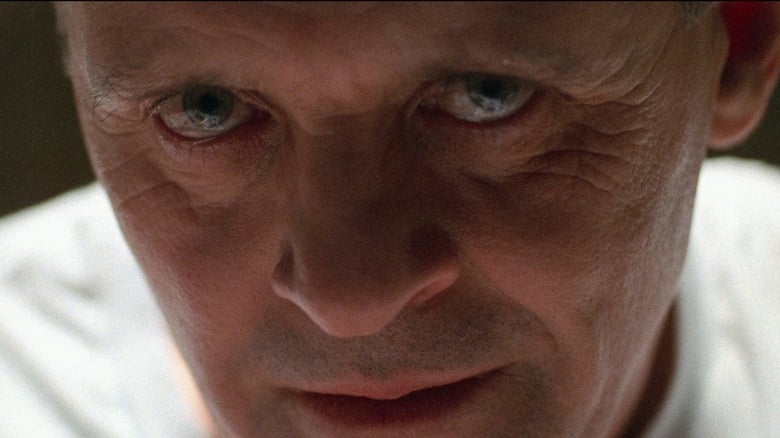
2. American Psycho (2000)
Based on Bret Easton Ellis's controversial novel, this film plunges you into the superficial, materialistic world of 1980s Manhattan through the eyes of investment banker Patrick Bateman. Christian Bale delivers an electrifying, darkly comedic, and terrifying performance as Bateman, a man obsessed with designer labels, pop music trivia, and, secretly, gruesome murder.
Director Mary Harron masterfully balances the satire of yuppie culture with the horror of Bateman's actions (or perceived actions, as the film leaves some ambiguity). Did you know Christian Bale extensively prepared for the role by studying the mannerisms of Tom Cruise, whom Bret Easton Ellis claimed was an inspiration for Bateman's character? This film is a sharp, stylish, and unsettling look at identity, consumerism, and depravity.

1. Psycho (1960)
Where else could we start? Alfred Hitchcock's masterpiece didn't just redefine horror; it practically invented the modern psychological thriller and gave us the archetype of the 'psycho killer' in Norman Bates.
Shot in black and white to keep the budget down and bypass censorship issues with the infamous shower scene, the film was initially met with mixed reviews. But Hitchcock's innovative marketing, including forbidding late entry to screenings, built immense hype. The shower scene itself, though only about three minutes long, took a week to shoot and involved 77 different camera angles, forever changing how violence was depicted on screen. Anthony Perkins' performance as the seemingly shy motel owner with a dark secret is utterly chilling and remains iconic.
